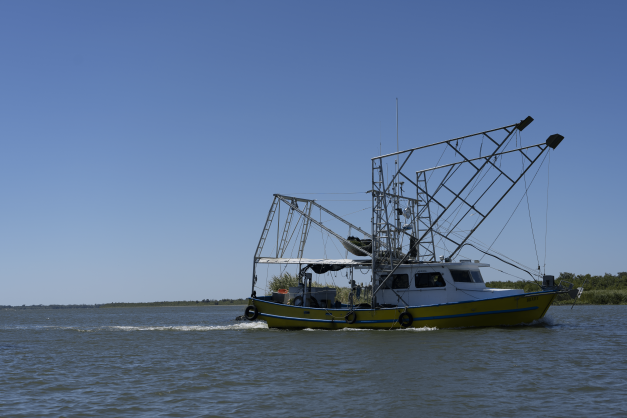The Coastal Wetlands Planning, Protection, and Restoration Act, (CWPPRA, pronounced kwĭprŭ), otherwise known as the Breaux Act, is federal
legislation enacted in 1990 to fund the design and construction of coastal wetlands restoration projects.
The legislation (Public Law 101-646, Title III CWPPRA) was approved by the U.S. Congress and signed into law by
former President George H. W. Bush.
Since its inception, 234 coastal restoration or protection projects have been authorized, benefiting
approximately 100,000 acres. These restoration projects provide for the long-term
conservation of wetlands and dependent fish and wildlife populations with cost-effective approaches to
creating, restoring, protecting, or enhancing coastal wetlands.
For over 30 years, CWPPRA has provided the only joint Federal/State coastal restoration effort with a
predictable and recurring funding stream designed to restore the vanishing wetlands of coastal Louisiana.
The CWPPRA program continues to pursue a full slate of coastal restoration activities, and its progress
and experience provide the foundation for restoration supported by one-time funding from various other
sources.
CWPPRA represents a collaborative effort and is managed by a Task Force comprised of five federal agencies
and the State of Louisiana. The interagency model ensures that multiple perspectives and priorities are
brought to the table to develop diverse projects with broad support.
Funding for CWPPRA comes from the Sport Fish Restoration and Boating Safety Trust Fund, which is
supported by various fuel taxes and taxes collected on a variety of sport fishing related goods.
The Louisiana Coastal Protection and Restoration Authority is the local cost-share partner that matches
15% of CWPPRA’s federal funding.
CWPPRA has operated on an annual budget that has ranged from approximately $30M per year to $80M
per year. CWPPRA prioritizes restoration based on need, benefits, and budget. CWPPRA projects that
cannot be funded for construction are “shovel-ready” for other restoration programs.
CWPPRA project managers, scientists, and engineers use a variety of techniques to protect,
enhance, create, or restore wetlands. Each restoration project may use one or more techniques to repair
critical wetlands. These techniqes include:
Freshwater and Sediment Diversion
A main cause of wetland erosion is the lack of sediment and freshwater input into the system. Mimicking the natural process of river flooding, diversions are a way to feed freshwater and/or sediment from a river into wetlands to combat erosion and wetland loss.
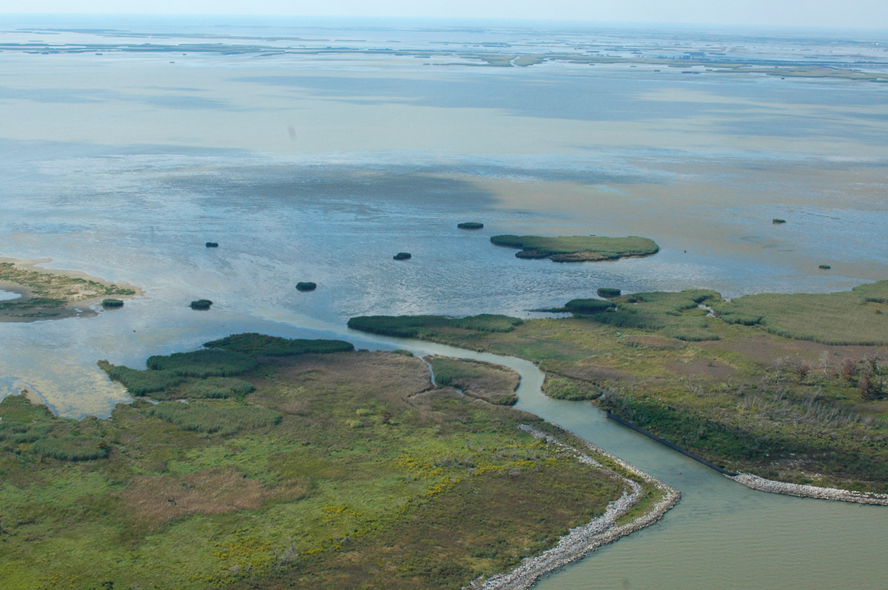
West Bay Sediment Diversion MR-03
Dredged Material/Marsh Creation
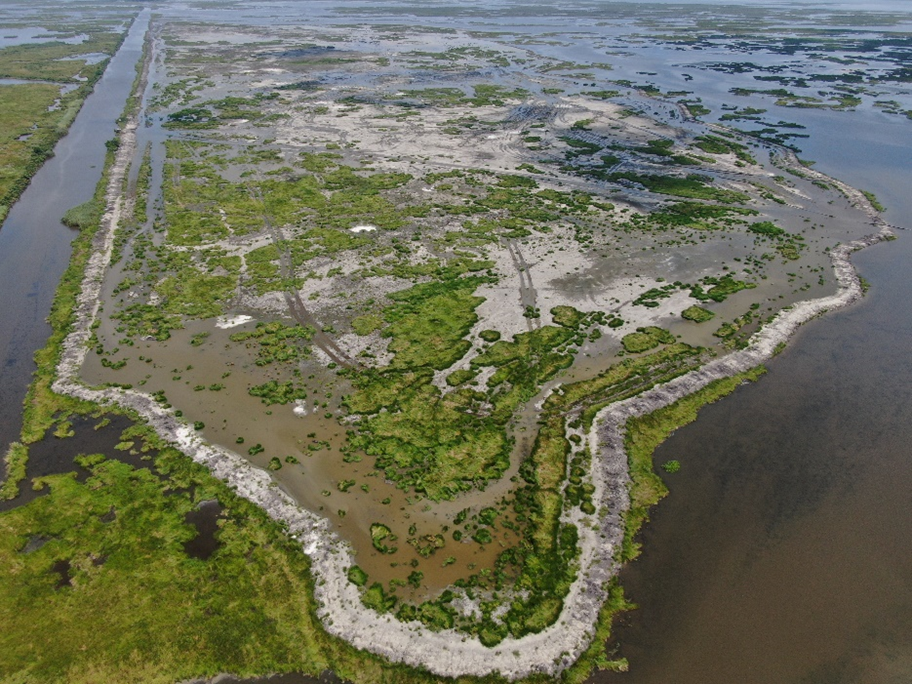
Northwest Turtle Bay Marsh Creation BA-125
As marsh grasses die and soil is washed away, marshes transform into shallow bodies of water. Marsh Creations pump in sediment from river or lake bottoms into these low, shallow water areas. Once the sediment settles and the area is dewatered, wetland vegetation is either planted or will naturally grow back.
Ridge Restoration
Ridges are strips of land that are naturally elevated. These formations are built as sediment deposits and compacts on the banks of bayous and rivers. Over time, the paths of rivers and bayous shift, leaving ridges throughout the coast. These areas provide higher ground for trees and brush to grow on, trap sediment to rebuild wetlands, and keep saltwater out of freshwater systems. Ridges can also help protect communities from storm surge. Ridge restoration uses dredging, sediment placement, and vegetative planting to restore natural ridge function.
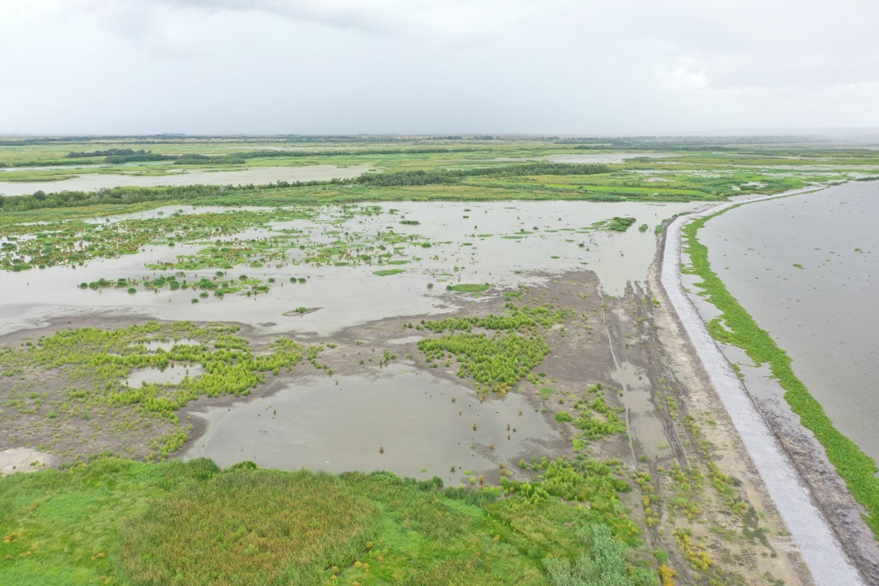
Bayou Decade Ridge Restoration and Marsh Creation TE-138
Shoreline Protection
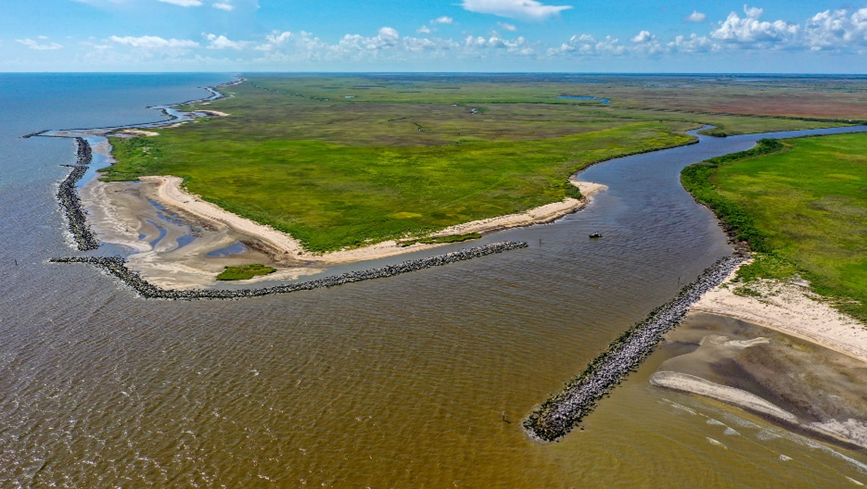
Rockefeller Refuge Gulf Shoreline Stabilization ME-18
Shoreline protection projects use hardened structures to protect areas from destructive wave energy and prevent erosion. There are numerous shoreline protect techniques used in Louisiana to protect coastal marshes and communities. These techniques include rock breakwaters, jetties, berms, living shorelines, and oyster reefs.
Terracing
Terraces are large earthen mounds strategically constructed in the wetlands to slow down water, trap sediment, and build land. Terraces are built in large areas where a marsh creation would be too costly. Terraces are usually built synergistically with crevasses and diversions to capture flowing water and sediment from water coming into the wetlands from a river or bayou.
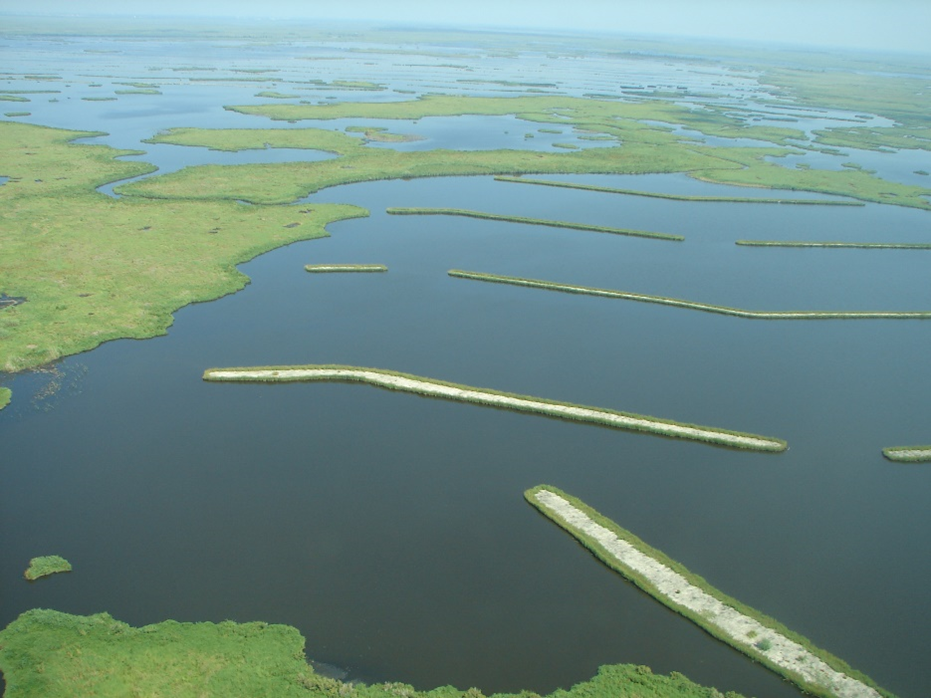
East Sabine Lake Hydrologic Restoration CS-32
Hydrologic Restoration

Cameron Creole Maintenence CS-04a
Hydrologic restoration works to restore the natural flow of water in the wetlands to improve the health of the system. This type of restoration strategy influences salinity levels and freshwater inputs to mimic a healthy estuarine system.
Barrier Island Restoration
Barrier Islands are Louisiana’s first line of defense against coastal storms. These dynamic narrow areas of land off the coast are influenced by the waves and wind from the Gulf of Mexico. Barrier Islands are made up of beaches, dunes, and back barrier marshes. Restoring these areas helps protect communities, infrastructure, and ecosystems further inland. CWPPRA restores barrier islands through pumping in sand to restore beaches and dunes, planting dune grasses to catch sand and build back dunes, and pumping in sediment to restore back barrier marshes.
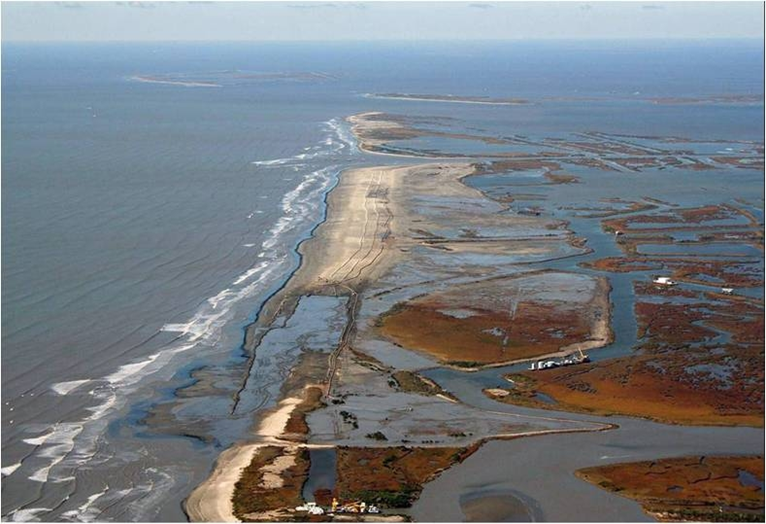
Barataria Barrier Island Complex: Pelican Island and Pass La Mer to Chaland Pass Restoration BA-38
Vegetative Planting
Plants have a lot of power in the wetlands! The dense root systems of wetland plants help retain soil and prevent erosion. Plants also slow down wave energy during storm events and protect areas further inland from storm surge. The strategic planting of wetland grasses and coastal forest tree species help restored areas quickly rebuild the native plant community.

Coastwide Vegetative Planting LA-39
CWPPRA addresses the urgent need for on-the-ground coastal restoration in Louisiana to protect
critically impaired wetland areas. Upon completion, projects provide benefits which meet local
and state restoration planning goals. CWPPRA projects also work synergistically with local projects
built by local governments and/or landowners.
CWPPRA’s Priority Project List (PPL) process serves as a project mill for the State and other
restoration programs. With project design completed by CWPPRA, other entities have a jump start on
meeting their restoration goals while conserving limited financial resources. CWPPRA Demonstration or
“Demo” projects encourage innovation and unique ideas by testing new ideas and investigating new
materials on a small scale.
CWPPRA initiated and supports the State’s only coastwide monitoring program to evaluate the
efficacy of restoration projects on an ecosystem scale. The approximately 390 monitoring sites
are located within or outside CWPPRA restoration and protection projects to allow for comparison
of the changing conditions of Louisiana's coast. CRMS data is publicly available for anyone to use
in their research and restoration planning efforts.
CWPPRA has an annual project selection cycle called the Priority Project List or PPL. Anyone can
suggest a project for PPL funding consideration at Regional Planning Team (RPT) meetings. CWPPRA
federal managing agencies, state, and coastal parish representatives vote electronically to narrow
down projects presented at the RPT Meetings to 20 individual projects. The CWPPRA Technical Committee
(TC) will then vote to narrow down the project list to 10 in the spring. In the summer, agency sponsors
coordinate visits to project sites and draft Wetland Value Assessments (WVAs) to determine impact of
projects. In the winter the Technical Committee will recommend four projects to the Task Force to
approve for the final PPL. Public comment is encouraged and accepted throughout the PPL project
selection process.
More information on the PPL process can be found here.
CWPPRA has been instrumental in restoring Louisiana’s vanishing wetlands. In addition to protecting a rich cultural heritage, wetlands:
- act as a buffer against hurricanes and storms
- hold excess floodwaters during high rainfall (much like a sponge)
- replenish aquifers
- purify water by filtering out pollutants and absorbing nutrients
- provide habitat for a variety of wildlife and fisheries that support Louisiana as a one-of-a-kind sportsman’s paradise.
Approximately 40 percent of the coastal wetlands of the lower 48 States are located in Louisiana. Unfortunately, this fragile environment is disappearing at an alarming rate.
Analyses show that coastal Louisiana has experienced a net change in land area of approximately -4,833 square kilometers (-1,866 square miles) from 1932 to 2016. This net change
in land area amounts to a decrease of approximately 25 percent of the 1932 land area.
Wetlands also provide habitat for a variety of wildlife. Coastal Louisiana lands are the breeding grounds and nurseries for thousands of species of aquatic life, land animals, and birds of all kinds – including our national symbol, the bald eagle. This ecosystem also provides a migratory habitat for over five million waterfowl each year.
People also benefit from Louisiana’s coastal lands. Louisiana is responsible for a major part of our nation’s oil and gas production, shipping commerce, fisheries industry, fur harvesting, and oyster production, accounting for over 939,000 jobs and billions of dollars in revenues. Additionally, wetlands are wonderful recreational resources and are part of Louisiana’s growing ecotourism business.
